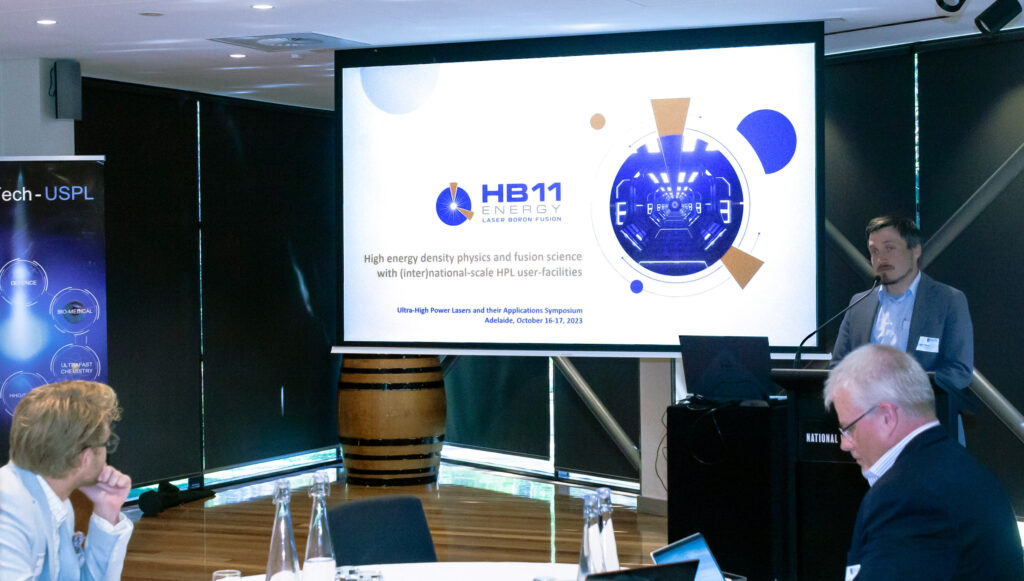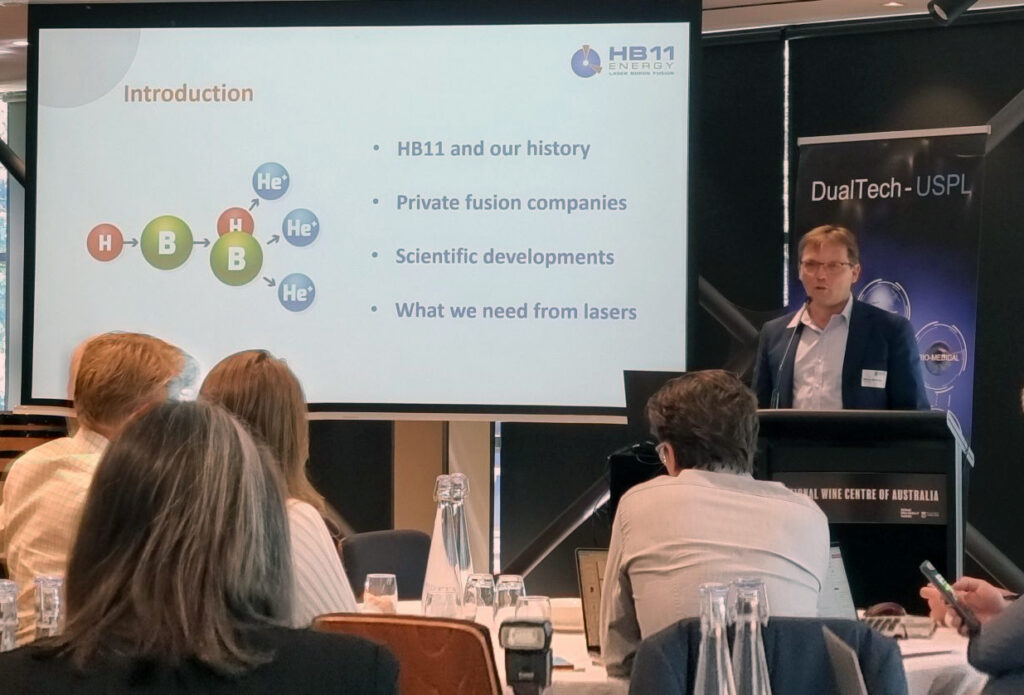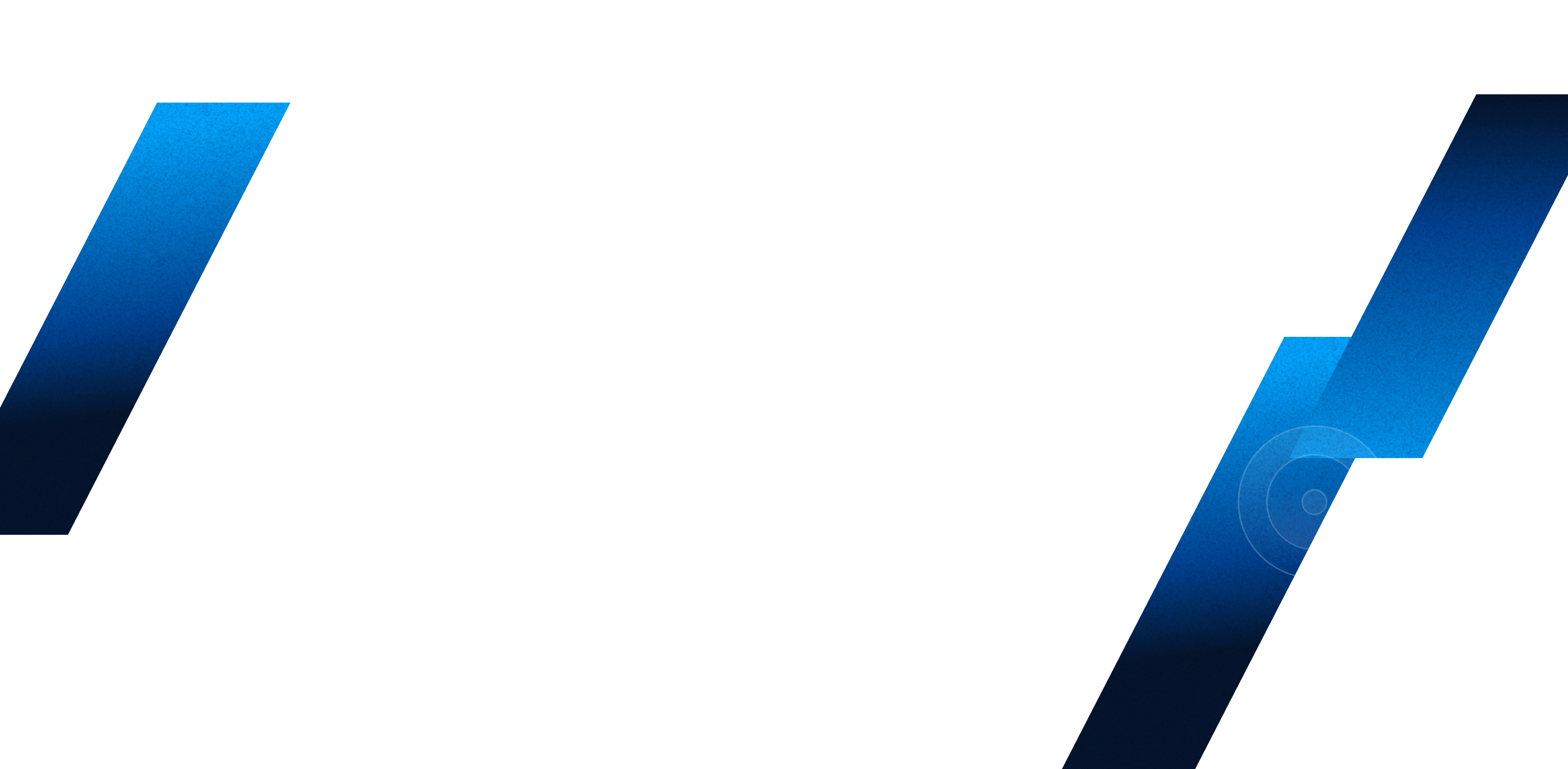A high-power laser industry in Australia has focused the attention of our highest performing students… and with good reason! The career prospects are immense with the pace of development of the ultra-high power laser industry outpacing Moore’s Law.
Australia should be proud of its past contributions in this field. Australian Alexander Prokhorov was jointly awarded a Nobel Prize for the science that led to the discovery of lasers in 1964… and another Australian, Mark Oliphant, who discovered the most important application of lasers– fusion. Today, HB11 Energy is pioneering their application to unlock the most abundant clean energy source on earth.
This week, the Dualtech – USPL (Ultrashort and Short Pulsed Lasers) group at the University of Adelaide hosted a symposium on Ultra-High Power Lasers and their Applications, which range from fusion energy, to defence and the next generation of semiconductor processing.

As impressive as was the student interest, the lineup of speakers was even more so. Three of them are themselves next generation proteges of some of the most renowned pioneers in the field of high-power lasers.
Christophe Simon-Boisson – Thales France
Based in Paris, Christophe is the Chief of the Scientific & Industrial Laser division, for one of the few high-power laser manufacturers in the world. For many decades this division has been the commercial embodiment of the work of Gérard Mourou, who was jointly awarded the Nobel Prize for the invention of Chirped Pulse Amplification – a technique now used to create the ultrashort-pulse, very high-intensity laser pulses needed to reach the high powers we require for fusion and many other applications.
Prof. Alex Fuerbach – Macquarie University
Prof. Fuerbach’s PhD supervisor was Ferenc Krausz, director at the Max Planck Institute of Quantum Optics and Professor at the Ludwig Maximilian University of Munich. Prof. Krausz was one of three winners of this year’s Nobel Prize in Physics for the foundation of attosecond physics – an attosecond being the billionth part of a billionth of a second. Laser pulses lasting only a few attoseconds can be used to track the movements of individual electrons.
Prof. Andrei Rode – Australian National University
Originally brought to Australia by HB11 Energy’s Heinrich Hora, Rode was a student of Nikolai Basov who won the Nobel Prize along with Alexander Prokhorov for the physics that led to the first demonstration of the laser in the 1960s. Basov went on to pioneer laser fusion and was a fellow inaugural Edward Teller Award winner.


From HB11 Energy, Dr. Sergey Pikuz and Dr. Warren McKenzie presented the needs of the laser fusion community to establish boron as the world’s most abundant source of clean energy. They also spoke about the national-scale programs being established around the world to make fusion happen, and what Australia needs to do to become part of this rapidly evolving industry.
Congratulations to Dualtech – USPL founder, Miftar Ganija for the fierce dedication to supporting students to anchor Australia’s future high power laser industry as well as Greg Bell for putting together the event.
A big thanks to all speakers, listed above as well as Prof. Miftar Ganija from Dualtech – USPL, University of Adelaide, Prof. Akifumi Yogo from ILE Osaka, Prof. Saulius Juodkazis from Swinburne UT, David Brown from APS Lasers, Keiron Boyd from DSTG and Robert McGivern from BECA.
See related article on HB11 Energy creates coalition of global lasertech heavyweights, to establish an Australian sovereign laser industry

